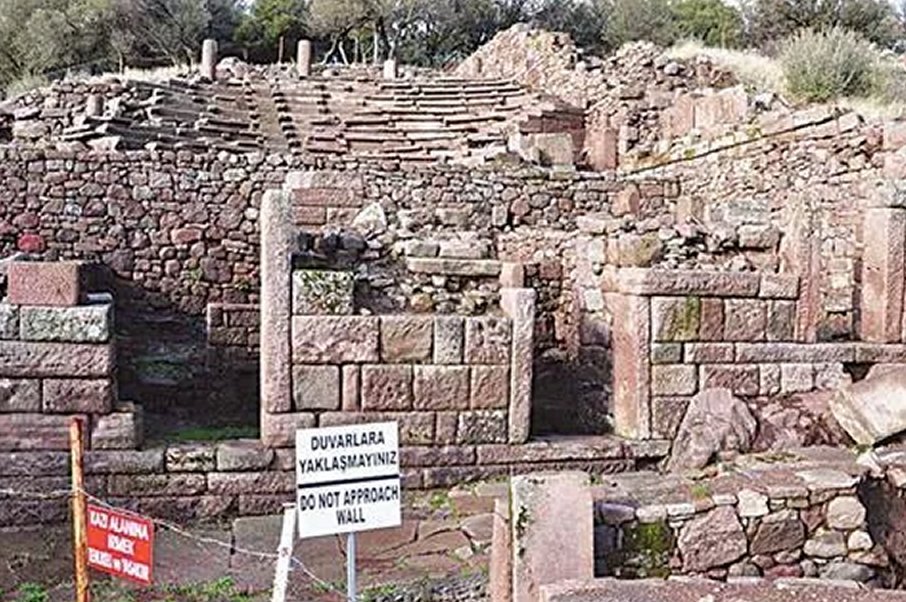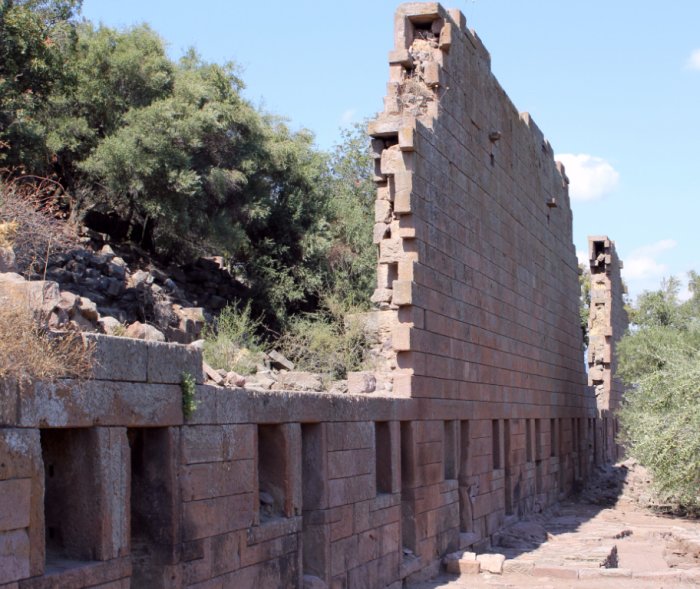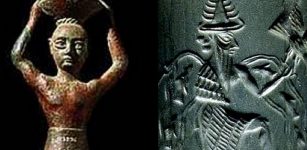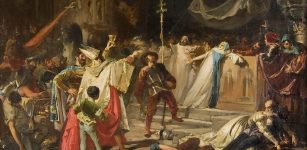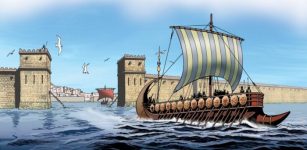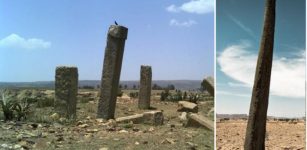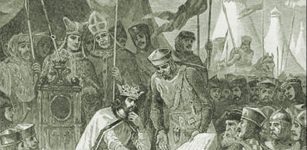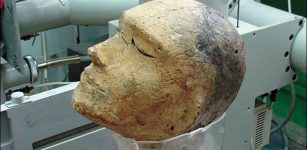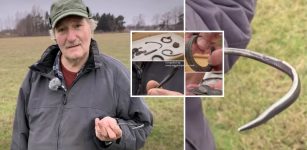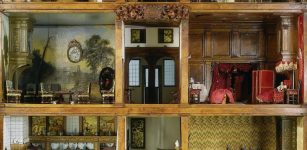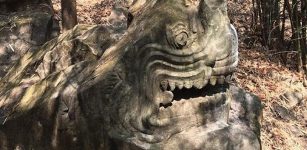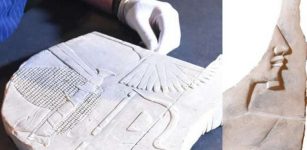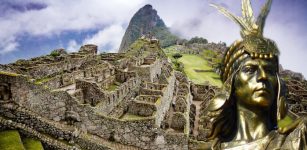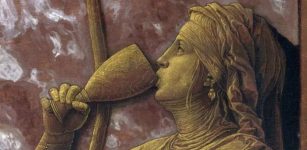Headteacher’s Sarcophagus Unearthed In Ancient City Of Aigai, Turkey
Conny Waters - AncientPages.com - Aigai, located in the Yunusemre district, is one of the 12 cities founded by the people of Aiol in western Anatolia. It has a history of 2,800 years.
Mentioned by both Herodotus and Strabo, it was an ancient Greek, and later Roman city and bishopric in Aeolis. Initially, the city was in a possession of the Lydian Empire and later the Achaemenid Empire when it conquered the former.
Image credit: MANİSA – DHA
In the early third century BC, it became part of the Kingdom of Pergamon, and later belonged to the Seleucid Empire, but was recaptured by Attalus I of Pergamon in 218 BC. Under the rule of Pergamon, a market building and a temple to Apollo were constructed. In 129 BC the Kingdom of Pergamon became part of the Roman Empire. The city of Aigai was destroyed by an earthquake in 17 AD and reconstructed thanks to the support of emperor Tiberius.
The 2017 excavations that revealed this headteacher's sarcophagus, are continuously conducted in the ancient city of Aigai in the western province of Manisa. Archaeologists successfully reunited the sarcophagus, of which the first pieces were unearthed in 2004. and announced that it belonged to a school principal.
Yusuf Sezgin, the head of the Aigai excavations and an academic at Celal Bayar University’s archaeology department gave a description of the discovery.
“The ruins on the sarcophagus tell us something. There are three wreaths on the sarcophagus and each of them has a different meaning. The wreaths indicate that the person in this tomb was honored three times,” Hurriyet Daily News reported.
Dated to 2,200 years ago, the sarcophagus is considered the first-ever one that belonged to a principal in the history of archaeology.
Facade of the market hall in Aigai (Aeolis), Western Turkey. Image credit: Klaus-Peter Simon - CC BY-SA 3.0
The findings unveiled that it belonged to a principal who was honored three times. The expressions on the sarcophagus will shed light on the history of the ancient city, Sezgin said, adding that it would be exhibited finally after finding its missing parts.
Until now, archaeologists have gathered 80 percent of the sarcophagus, and can already describe this ancient structure. The name of this person is also written in the wreaths.
One says ‘Neoi,’ which means he was honored by young people, and the other says ‘Aiollida,’ which means he was honored by the public. This is important for us. The third wreath on the sarcophagus has been damaged so we failed to understand who honored him,” Sezgin explained.
Inside the ancient tomb, the archaeologists discovered parchment, papyrus rolls, and writing sets, which reveal that the person in this tomb was a teacher. In the ancient ages, there were schools which were called Neoi Gymnasion and were attended by young people. As far as we understand here, the person lying in this tomb is the headteacher of this school.
These people were called gymnasiarchos in the ancient ages. This was a significant job. Public funding was used in these schools but when it is not enough, principals made investments in the school using their own money. This is why they were honored,” he added.
Talking about the team’s work, Sezgin said:
“When we initiated excavations in 2004, this sarcophagus was in pieces scattered around. Over the years, we found its pieces and compiled them. Works are ongoing. We are examining the language and trying to reunite all its pieces. This is the first time in the world the sarcophagus of a principal was found. This is a very precious find for archaeology. We believe that it will give us important information. We have been carrying out international work in the graveyard field since 2015.
Within the scope of this, we are working with a group of archaeologists from the German Archaeology Institute and Paris. We evaluate all cultural finds in the field of the tomb and we plan to display all the finds in the coming days. We invite everyone around to see this unique sarcophagus,” he said.
Written by Conny Waters - AncientPages.com Staff Writer

